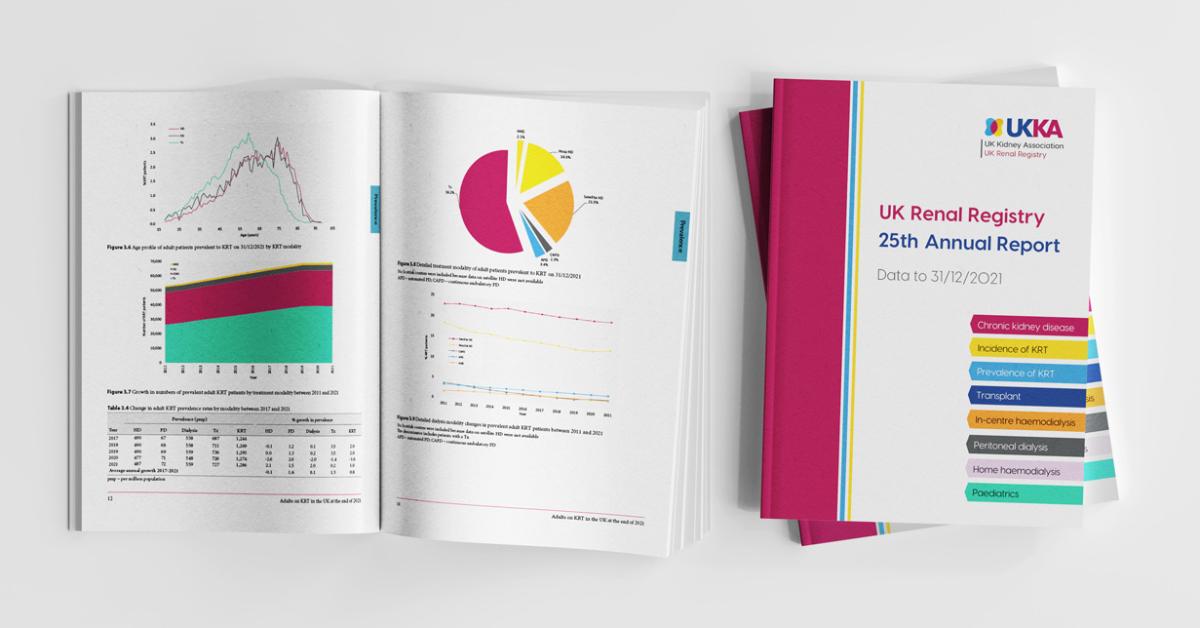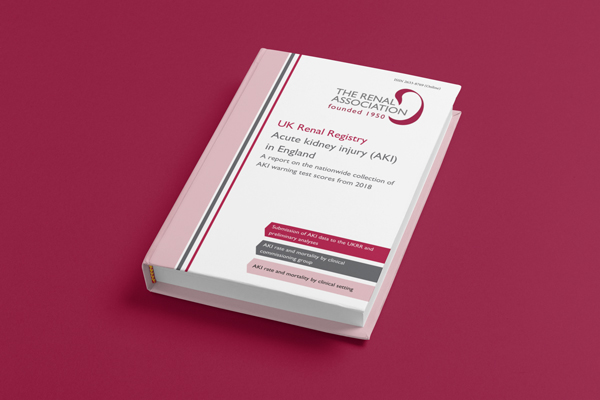Excessive protein excretion in the urine is a significant risk factor for both renal disease and for cardiovascular morbidity and mortality. Unlike haematuria, proteinuria is almost always renal in origin. Management of patients with proteinuria should include:
- Quantification by albumin/creatinine or protein/creatinine ratio (ACR or PCR) determination
- A test for haematuria (usually urine dipstick)
- Measurement of serum creatinine
- Blood pressure measurement
For patients with proteinuria, the risk of renal failure is greater in younger patients and the risk of cardiovascular disease is greater in older patients. These risks may be altered by therapy.
How to measure proteinuria:
- Reagent strips are a useful screening tool for proteinuria although they are not sensitive for detecting low levels of proteinuria and are only semi-quantitative.
- ACR (or PCR) measurements should usually be performed in preference to 24 hr urine collections for determining urinary protein excretion. Units are mg/mmol (mg protein: mmol creatinine).
- ACR is more sensitive for detecting low levels of proteinuria (i.e. negative/1+ protein on reagent strip) and is the recommended method for screening and measuring proteinuria in patients with diabetes.
- Measurement of ACR forms the basis of the NICE grading system for CKD – see CKD stages
- For quantification and monitoring of higher levels of proteinuria (e.g. ACR > 70 mg/mmol) PCR may be preferable.
- A PCR of 100, or ACR of 70, is approximately equal to 1g of protein per 24 hr; below this level the conversion is non-linear.
What to do about it:
A number of thresholds have been recommended, as summarised here:
| ACR >3 | >15 | Abnormal and adequate to define CKD G1 or G2. Commence ACEI/ARB if diabetic(**). Suffix A2 if ACR > 3 mg/mmol on CKD stage |
| 30 | 50 | Favour ACE inhibitor/ ARB if hypertensive Suffix A3 if ACR > 30 mg/mmol on CKD stage |
| 70 | 100 | Stricter BP limits apply Referral threshold in non-diabetics |
| >250 | >300 | Sometimes referred to as “nephrotic range” proteinuria In the presence of oedema and hypoalbuminaemia, sufficient to define the “nephrotic syndrome” |
The degree of proteinuria can provide an important clue regarding the likely aetiology. An ACR>70 (or PCR>100 mg/mmol) is strongly suggestive of glomerular pathology.
Patients with proteinuria are at increased risk of developing cardiovascular disease, in addition to progressive renal disease, and cardiovascular risk factor reduction strategies should be considered.
**In patients with diabetes
Proteinuria (ACR>3 mg/mmol) is an indication for:
- Treatment with pharmacological blockade of the renin-angiotensin system (more information on treatment with ACEIs and ARBs)
- Treating blood pressure to a target of <130/80
- Good glycaemic control
- ACR and serum creatinine should be measured at least annually
- Referral to nephrology only if fulfil usual criteria (see referral guidelines)
Information for patients
In health, only small quantities of protein are present in the urine. If higher levels of protein are present this is termed ‘proteinuria’. Proteinuria can be a marker of kidney damage and patients with higher levels of protein in their urine are at increased risk of developing heart disease and progressive kidney damage. It is important to identify these individuals as they may benefit from different interventions to reduce their risk of developing heart disease or worsening kidney disease.



